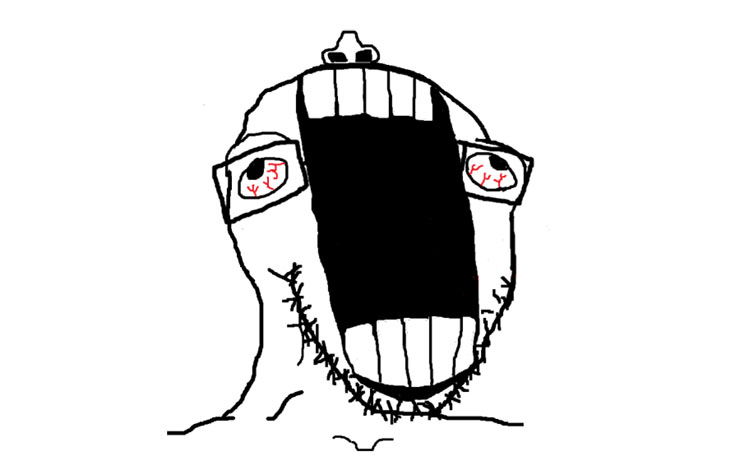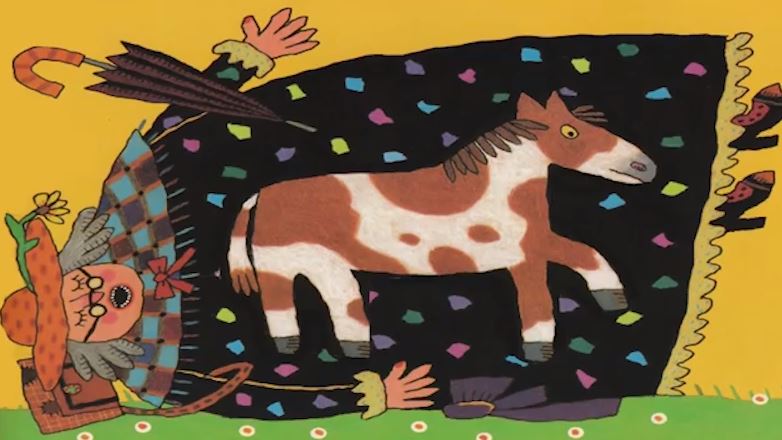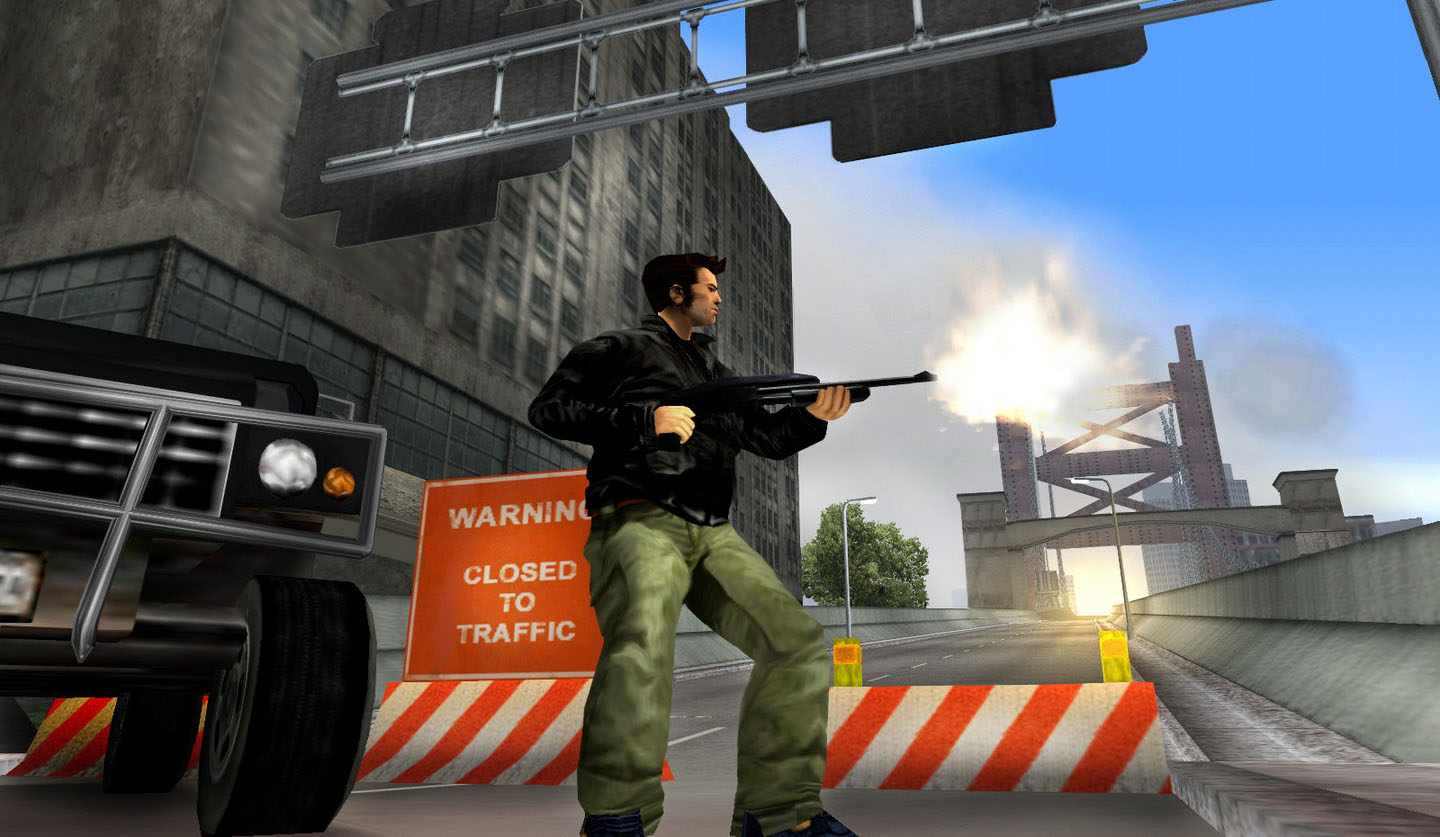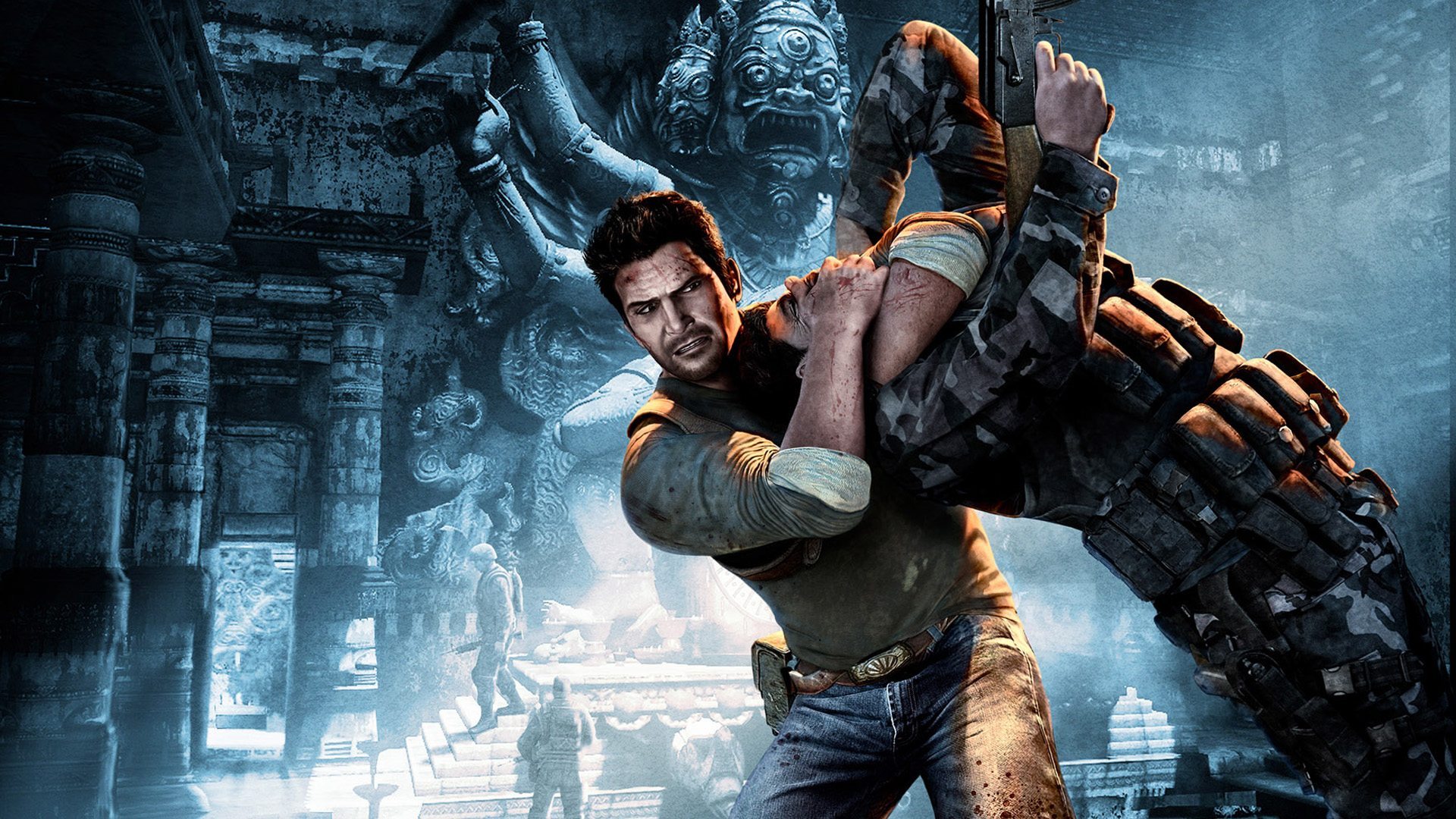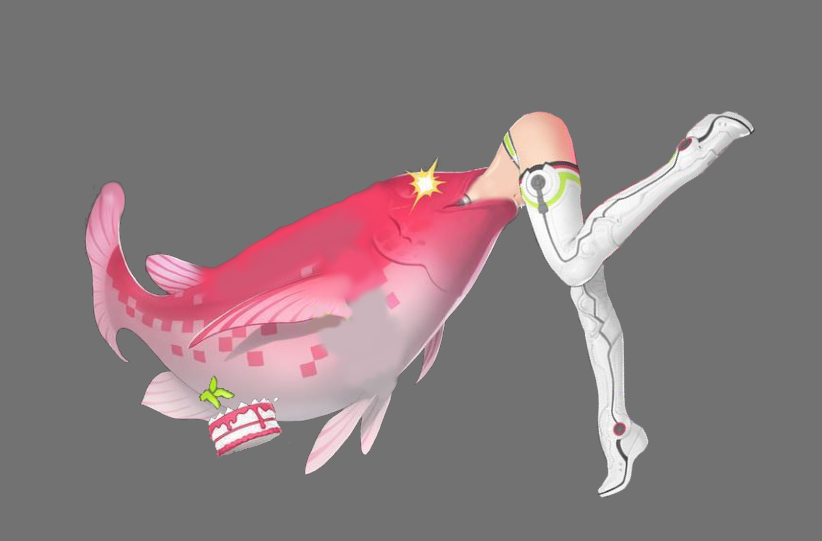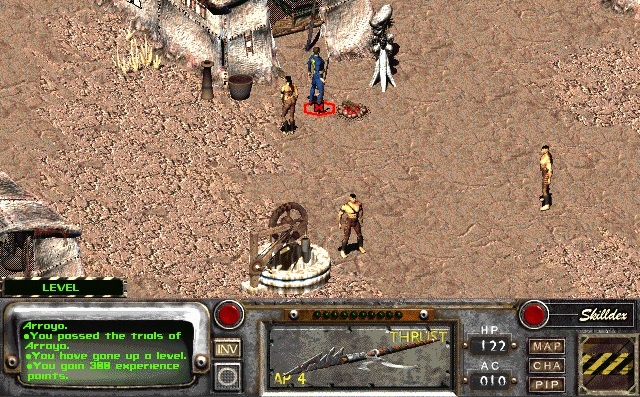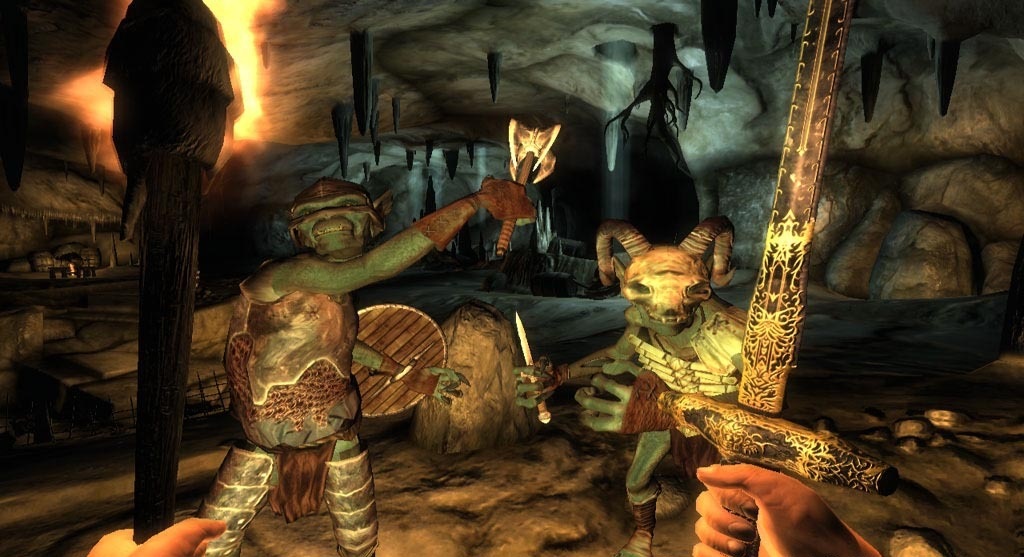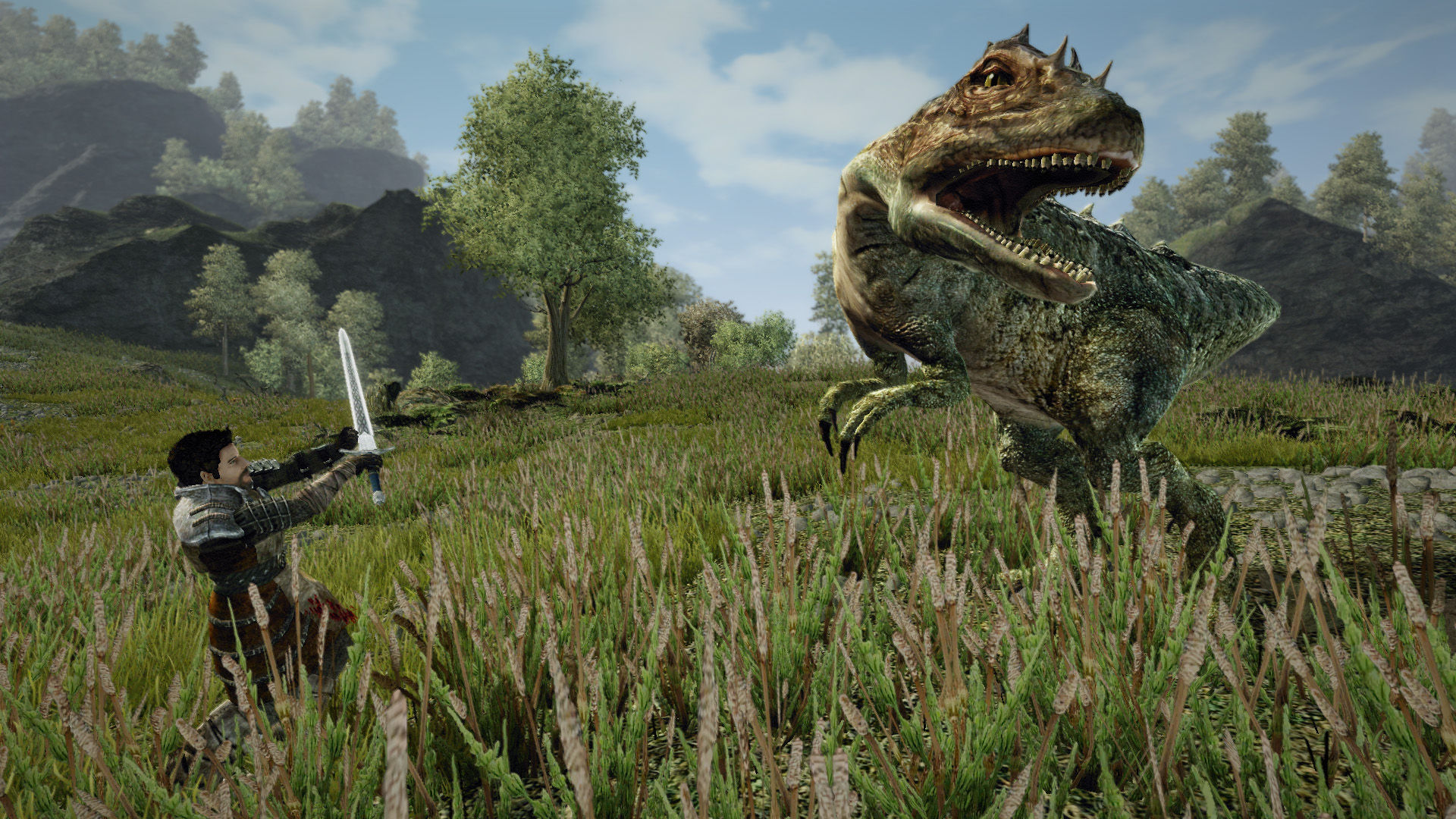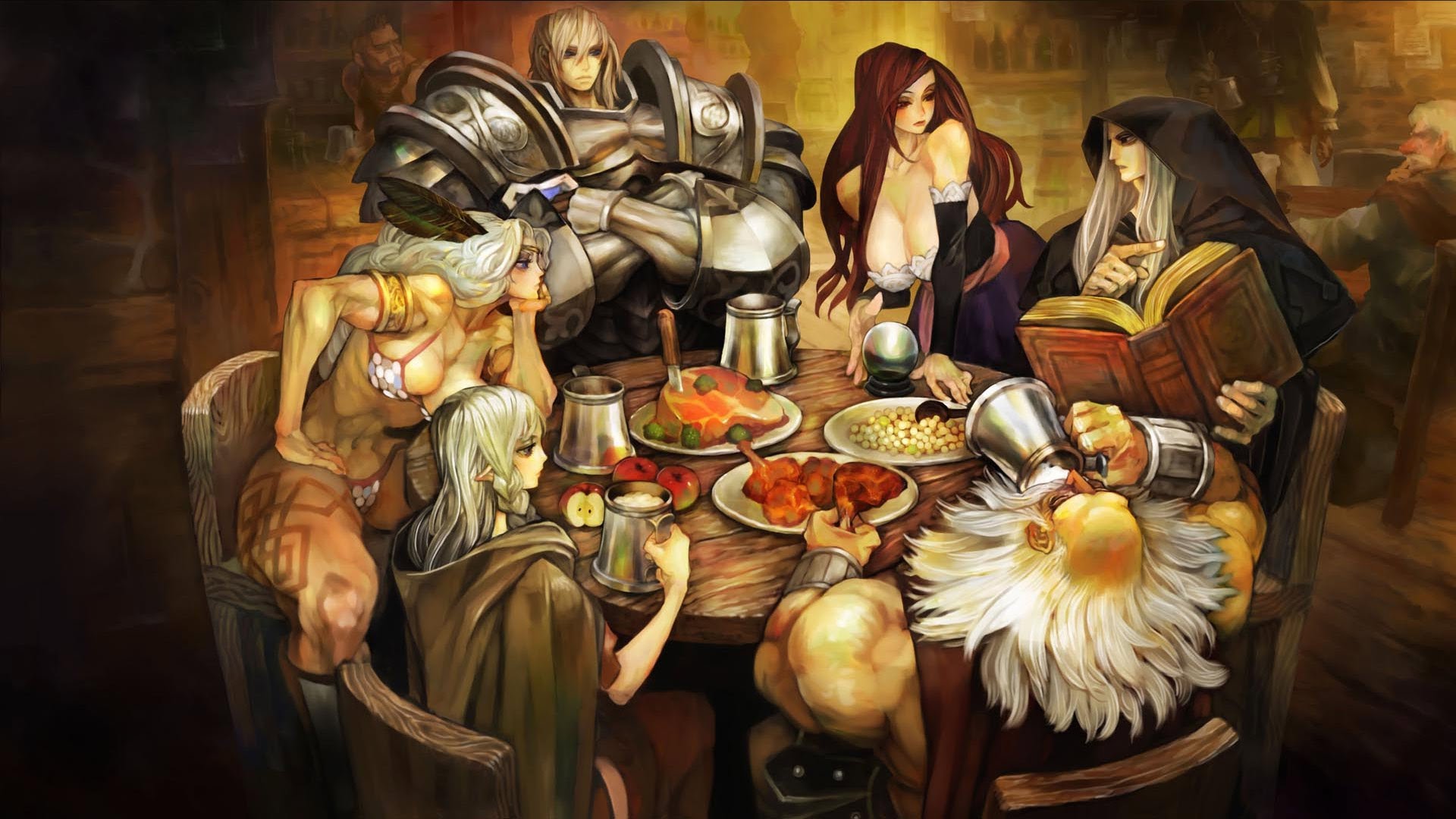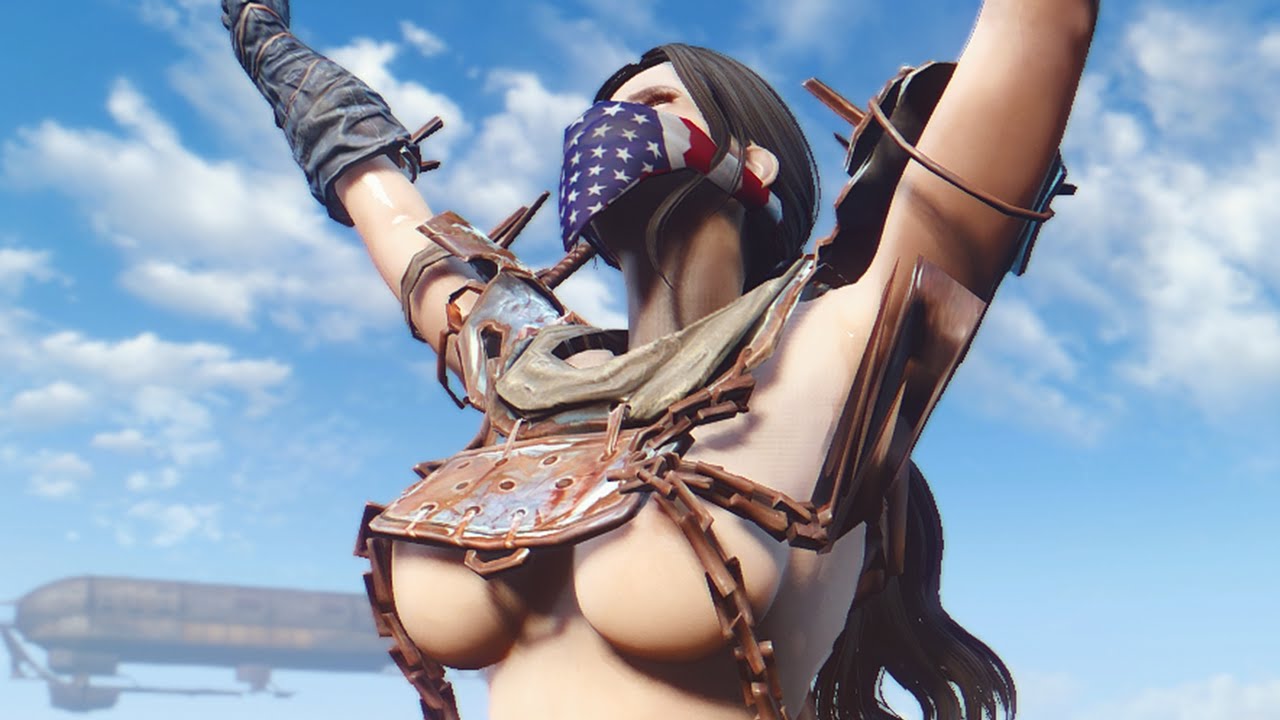This is an editorial piece. The views and opinions expressed in this article are those of the author and do not necessarily represent the views and opinions of, and should not be attributed to, Niche Gamer as an organization.
Video games are not art. They never were, never will be, and never should be considered as such. The only reason the topic is so frequently brought up, and why the comparison was even started in the first place, was due to a very costly mistake that the hobby is still paying for to this very day.
That mistake was the use of politics to save the hobby from an outside threat. Confused? Let me start at the beginning:
When I was a child, I learned to read and write thanks to a large nursery rhyme book that I trudged around with me the same way most kids my age did with their dolls or toy trucks. One of my favorite rhymes in this book was the one about the old lady who swallowed a fly.
If you don’t know of the song, it essentially speaks of an old woman who needs to keep swallowing creatures to remove the previous one she swallowed. What starts with a fly and requires the ingestion of a spider to get the fly, a bird to eat the spider, and eventually fulfills vore fetish fantasy by swallowing small animals.
I feel silly trying to fit that into a long-winded, serious editorial about gaming, but you’ll see where I’m going with it in a bit. In that nursery ryhme, the woman solves her problem, but in doing so, creates another problem from the solution she used to solve it.
The same can be said about where we are now in the gaming hobby and why it’s under attack from angry, ultra-progressive mobs demanding certain games be banned, threatening developers until their projects get killed, or writing hit pieces about popular games due to their supposedly “problematic” nature. How is that so, you ask?
Grand Theft Auto III, one of the games used as a scapegoat by Jack Thompson
Let’s go back to the early 2000’s, when a lawyer by the name of Jack Thompson was on a full scale crusade against violent video games and blamed several acts of violence on the supposedly corrupting influence they had on the minds of the children involved.
Seeking damages from Take Two Interactive, Sony, and Rockstar Games for various cases of school violence, police shootings, and even an incident where his underage son was allowed to buy an adults-only game, Thompson became the hated enemy of gamers everywhere, and his name was universally reviled and cursed in every forum and magazine that chose to cover the industry.
To combat Thompson, gaming media changed significantly. As a shut-in nerd that spent all his free time online in various “geek” communities and worked for a gaming webzine at the time, I noticed that a new style of game website began to arise in response to Thompson’s prodding of the industry; websites written by “professionals” who were “highly educated” and “well-versed in law”. Websites where gaming was approached in a serious way with a format geared towards older, supposedly more sophisticated gamers.
Judas Priest, one of the “Filthy 15” deemed too explicit by Al and Tipper Gore
The rationale behind this was that if gaming was going to survive the controversy the way that the music industry weathered Al and Tipper Gore’s attack on musicians in the 1980s, that they would have to “play up the games are art angle”, since art is protected and the entire hobby could be constitutionally defended as a case for freedom of speech and expression.
Sites like GamePolitics, Gamasutra, and Ars Technica were either created to fight the anti-gaming rhetoric (GamePolitics was created in 2005 specifically for that end), or became popular and well-known for fighting it after years of existing in relative obscurity (Like Gamasutra and Ars Technica).
Other sites soon followed, attempting to ride the “Games are serious now” wave, only inserting a fair amount of 4chan style edgyness to blunt the political edge and get gamers to take their foul-tasting medicine by slipping in a spoonful of sugar, so to speak.
Websites such as Destructoid and Rock Paper Shotgun were good for this, since they enjoyed being riotous and silly while also pushing the “Games as an artform” angle by publishing articles that take one tiny subplot in a game and spend twelve paragraphs “examining” it as if it was some grand expose on the human condition.
Uncharted 2, one of the biggest game releases of 2009
It was a subtle little slide, but I couldn’t help but notice it as it took place around 2009 or so, with websites slowly drifting further to that style of games writing, all pushing the same ridiculous notion that gaming wasn’t about the visuals, technical aspects, challenge, or mathematical underpinnings that made them the digital equivalent of chess that they in fact were, but instead deep pieces of art that examined humanity and existed solely to make us think critically about real world issues and concerns.
By 2009, Thompson was disbarred and shamed out of his profession, and the war he waged against the gaming industry became a sad but interesting little footnote in the history of the hobby.
Gamers had won, and the combined might of the new Web 2.0 gaming communities, almost all of which were now preparing to write deep thought pieces about how gaming made them realize they were a beautiful butterfly and that [insert game here] was a critical examination of [insert political ideology here], were the powerful weapons of erudite self-examination and university-educated seriousness that had brought us our final victory.
Just like how the atomic bomb won World World 2 but crippled foreign relations between the world’s biggest super powers for nearly five decades, those gaming sites became the looming threat that we all soon regretted ever embracing so willingly.
This used to actually be Kotaku’s mascot. Ok, someone had a little fun with this one.
At one time, Kotaku truly was for unshowered otakus who loved gaming and the culture that surrounded it. However, after they rose to prominence from the war against gaming censorship, they became yet another “Games are serious now, guys” website.
They began sitting there, wagging their finger at anyone attempting to have fun in a hobby, where we are instead supposed to be creating art that makes us think and question our place in society.
You might find the whole thing laughable, and it is to a degree, but when you realize that GamerGate was a release of pressure that had been building up for six years from people tired of this ridiculousness in their hobby, you’ll begin to see how serious of a problem handing the keys of our hobby to these university-educated, upper-class hipsters truly was.
It was these websites – staffed and created by these casual “gamers” who cared more about the societal impact of games than whether or not the game was buggy and ran well on low spec hardware – that were now the new gatekeepers of the hobby.
Our desperation for protection from overzealous lawyers and congressmen who wanted to censor our hobby now put an even worse enemy before us. One that was given the keys to the kingdom and couldn’t be deposed as easily as an outsider like Jack Thompson or Joe Lieberman could be.
A king ruling uncontested on a throne we willingly built for him.

To put it bluntly without all the hyperbole and analogies, the “new gaming media” now had absolute power to influence the hobby in a way that would have made Jack Thompson cackle with delight.
They were the sole influencers now, setting up vast, interconnected “Web 2.0” communities that steered discussions in ways they wanted that only benefited them and their interests.
They could destroy a developer, attempt to squash a game’s success, and dig up dirt on anyone who went against their interests, and nobody had any kind of power or oversight to keep them in check. Well, that is, until GamerGate happened and became that oversight. They didn’t like that.
Getting back on track though, the “games are art” idea had another even worse effect on the industry, and that was the dumbing down of the hobby – most noticeably in the RPG genre.
For as long as I can remember, complexity in games rose as the computing power of the devices used to create them advanced. Comparing Ultima Exodus on the Commodore 64 to, say, Fallout 2 (pictured below) released 15 years later on your Pentium 2 Windows 98 PC was like comparing prehistoric cave scribblings to a Da Vinci painting.
Not to slight Ultima, but it was just a linear romp through a small world that was nothing more than some dice rolls and a smattering of text that could barely be called a story.
Fallout 2, on the other hand, had strategic combat that took into account ammo type, amount of light, line of sight, distance, and armor absorption. It was also highly non-linear, with several different ways to go through the game and scores of sidequests that could be completed in a myriad of different ways.
This complexity peaked in the mid 2000s, however. Without putting my tinfoil hat on, I will say it’s funny how most of the venerable series we all grew up with suddenly went backwards in complexity around 2006 or so, right around the time the whole “Games = Art” idea started taking hold.
Take a series like The Elder Scrolls for instance. Before The Elder Scrolls IV: Oblivion, the Elder Scrolls series prided itself on stats, skills, build creation, faction complexity, and dice-based combat mechanics. With 2006’s Oblivion, however, all of that – or at least most of that – went out the window.
Oblivion (pictured below) did away with the dice rolls and let you score a hit so long as you made contact with an enemy. It also did away with any inter-connecting faction play (Such as joining one making you unhirable by another, or having opposing factions outright attack you), and marked every single quest on the map for easy completion and bread-crumbing.
Throw in the removal of several skills and dumping blunt weapons into the axe skill, as well as putting all swords into the same category and you can see what I mean when I claim that Elder Scrolls IV was a gigantic step backwards.
Yet, its huge sales numbers helped the series surpass even the plateau that Morrowind had helped it reach. It did this by focusing more on ease-of-play than it did RPG complexity, and an increase in sales (as well as gaming press praise) helped validate that backwards tumbling of the series’ standards.
Bethesda soon became very skillful at balancing the needs of the demanding hardcore gamer with the wishes of the casual gaming dabbler, a tactic many would try to emulate. Such as a certain European developer..
The same thing happened with 2006’s Gothic 3 (pictured below). Long considered the ultimate hardcore modern CRPG, Gothic 1 and 2 (And Night of the Raven) were universally beloved by veteran CRPGers all across the globe, from its birthplace in Germany (Where it ushered in a European gaming renaissance) to the US, where it gained cult status.
Never once did I meet a hardcore RPG-playing gamer who disliked Gothic, yet when Gothic 3 came out, that changed almost overnight.
Gothic 3 was to Gothic 1 what Oblivion was to Daggerfall. It was a slap in the face to every title that came before it in the series and one that shared little in common with what it stood for and what fans were buying them for.
Borrowing the stamina bar mechanic from Oblivion, as well as its twitchy, spam-happy, Diablo-esque mouseclick combat, Gothic 3 was a broken game that tried to please casual gamers and improve its sales while also hoping to retain the hardcore players that made the series popular to begin with.
Unfortunately, developer Piranha Bytes didn’t have the funding or manpower that Zenimax-owned Bethesda did, and their attempt at making a game that could corral both new and old fans alike failed miserably.
They would later blame their publisher, JoWood, for the death of the franchise, but I highly doubt that JoWood held a gun to their heads and told them to remove the complexity or lose their jobs.
Even BioWare, as great as they were and as strong as their RPGs had been, fell victim to this in 2010. After successfully combining the refined RPG gameplay of Baldur’s Gate with the modern cinematic style new-age gamers required in their new title “Dragon Age: Origins”, BioWare followed it up with a disastrous sequel that stands as one of the biggest examples of developer laziness, hubris, and anti-consumer hostility ever seen in the hobby.
BioWare fell even further by ending their Mass Effect trilogy with a ridiculous finale that simply changed the color of a beam seen in the final cinematic and completely ignored every single plotline that the company spent 3 games crafting, all in the name of laziness.
Only after a large public outcry did they patch in proper ending vignettes, but even then, it was a half-assed solution to a problem that shouldn’t have even existed in the first place.

This problem all stems from game developers desperately wanting to make their games “art” instead of a game. A good example is the cinematic focus Bethesda emphasized in Fallout 4.
The insertion of your character’s name in dialog, the voiced protagonist, the limited conversation options, the lack of any real non-linearity or faction play; it was all a side effect of them focusing more on making a playable movie than a true CRPG.
Yet you are told by “fans” that if you don’t like the “new direction” your series is taking, you either aren’t a fan, or you need to just get over it and adapt.
Just don’t buy it if you don’t like it, you are urged. Of course, this thinking is ludicrous, since if we all do this, it emboldens developers to continue attempting it since they would receive no resistance.
This is becoming more of a problem as each of the hobby’s longstanding series becomes more and more watered down, or such as in System Shock’s case, ripped off and adopted by another company that half-heartedly copies it for their own mainstream products.
There was a poster on our website that said something that explained this phenomenon perfectly. In his post, he said this was introducing “Just a little bit of cancer at a time”, and he was right.
You let a developer slide a little into that mainstream pool, maybe just dip their toe in it a bit for a higher metacritic and some boost in sales, and then in the next sequel, you’ll get double the amount. Then the next installment, triple. It’s how this problem has been able to grow to such proportions in so short a time span.

I could cite several more examples of the great dumbing down that started in the 2000s, but you more than likely get the idea. I think the most humorous event to occur during that period is that while Fallout was going through its own decline, Bethesda allowed Obsidian to develop a spin-off, the game we know as Fallout: New Vegas.
It was not only far more complex and complete than Bethesda’s own Fallout, but it is celebrated by many (including myself) as one of the best CRPGs of all time. Which is precisely why bitter Todd Howard will never allow Obsidian to make another one.
So what does this dumbing down of games have to do with the adoption of the “Games are Art” mentality?
Though a large part of the great dumbing down (Or “Great Decline”) was due to gaming suddenly growing very large and profitable in the previous decade and developers smelling fresh money ready to be coerced out of willing pockets, it’s my assertion that none of the mainstream attention that helped gaming surpass movies and music as the number one form of consumed media would have materialized were it not for the response to the Jack Thompson/Government Censorship/Joe Lieberman/Political attacks that we used to defeat them.
Had we not gone running with tears streaming down our eyes to a bunch of university-educated, trust-fund-having, hipster and casual gamers to fight our battle by playing the “Games are art, art is protected by law” narrative, we wouldn’t have attracted the influx of dyed-haired, johnny-come-latelies that now speak as if they are a majority in the hobby.
You wouldn’t see articles calling George Kamitani a sexist, or praising Dead or Alive 6 (pictured above) for removing boob physics, or arguing that Samus has always been transgender.
But this is what happens when you play the “Games are art” card. You attract hipster casuals looking for a megaphone.
Nearly every malady that afflicts modern gaming is a direct result of how easily and with such staggering aplomb we latched onto it as a defense against outward attacks.
Now, coming back to bite us in the rear, are the same people we attracted with that talk who are now demanding we go one step further by making gaming *truly* an artform by removing combat or completely sanitizing all of a game’s content.
This is the future that “Games are art” talk has created. A reality where nearly every geek hobby, from gaming to comics to sci-fi, are all getting filled with loud-mouthed casual “art loving” fans that don’t or can’t financially support the industry.
Dragon’s Crown, a game by George Kamitani of developer Vanillaware
They hold sway despite not buying said games, due to their powerful gatekeeper position within the media, and are able to magnify their own minority concerns and force them upon the majority who does financially support the hobby.
For me, personally, a game is nothing more than a digital chess board with a few layers of polish to hide the fact that all I’m playing is a bunch of dice rolls and math equations.
Sure, you can throw some reflex checks in there and see if my wrist is fast enough to pull off that tumbling roll to avoid the final boss’ hammer attacks, but for the most part, it’s all about math and strategic planning to conquer that math.
When I was semi-popular on youtube from 2006-2008 as “Boilerplate”, I made this argument many times in videos, and was ridiculed for it. They said I was one of those basement dwellers who just played “Spreadsheet RPGs” and that I, and gamers like me, were bringing down/holding back the progress of the industry.
It was 2009 and I already saw the rumblings of the “Games are art” and “Complexity is gatekeeping and preventing people from playing” coming from the casual masses storming the doors of the hobby. It’s part of why I shut down my successful channel in 2009 and a very large part of why I started writing for Niche Gamer in 2013.
Gaming has been making huge strides to get back to where it was, however. With turn-based, statistical combat becoming acceptable again thanks to the successes of Divinity, Wasteland, and Shadowrun, as well as the fan backlash Fallout 4 (pictured above) received (I still think the DLC for it flat-lined and Bethesda won’t admit it), I believe the future looks pretty bright for our hobby.
This is especially true with sites like ours devoted to telling the truth and who are unafraid to say what the majority of gamers are thinking. So in closing, are games art? Only the boring ones.
